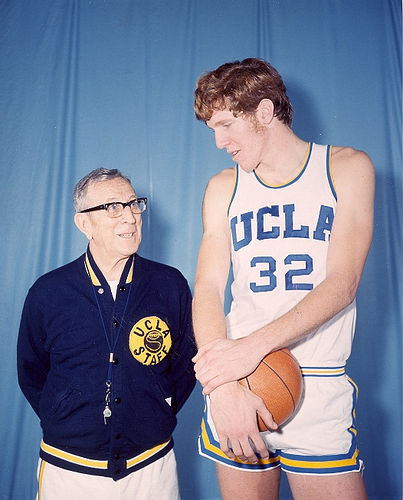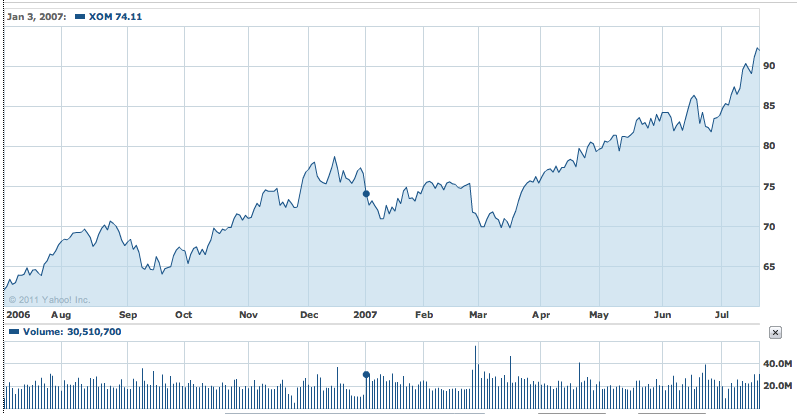You don’t live in the Houston area? Then you missed the greatest radio interview since Phil Hendrie got restaurateur Ted Bell to admit that he resells partially eaten entrees after sterilizing them in a food irradiator.
Last week, Greg promoted the book with Sean “The Cablinasian” Pendergast and John Harris on Houston’s KGOW, a/k/a The Game 1560. (FYI, they’ve dropped a collective 110 pounds or so since that picture was taken.) Sean & John operate that rarest type of radio show- voiced by intelligent hosts, and featuring zero fake laughter. If someone’s joke doesn’t hit, it dies. If something funny happens, sinuses in the studio go volcanic.
Although their show is a sports show, we managed to discuss the book (also available at BN.com!) for half an hour while getting some hilarious feedback on Twitter. (Another great thing about Sean & John’s show. Minimal phone calls.)
Anyhow, the PG-rated interview. If you want to know why the book is so vital, and understand the sometimes-unorthodox philosophy behind it, listen here (part 1) and here.






